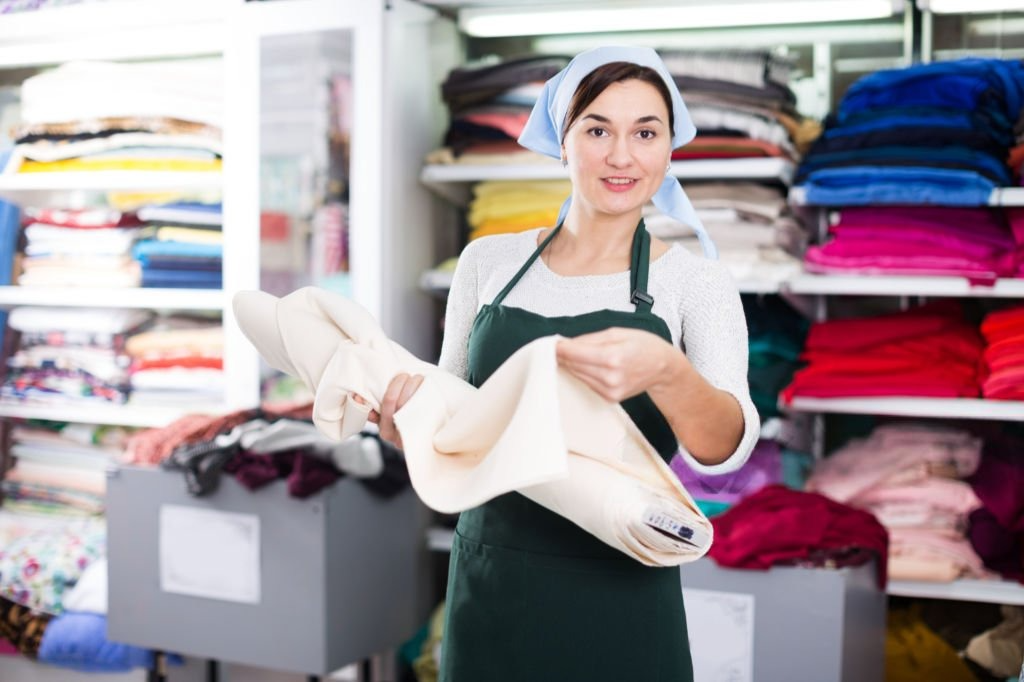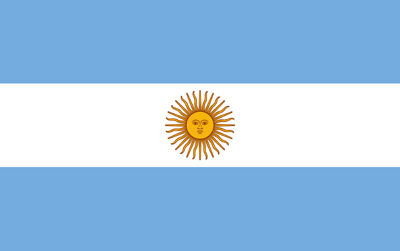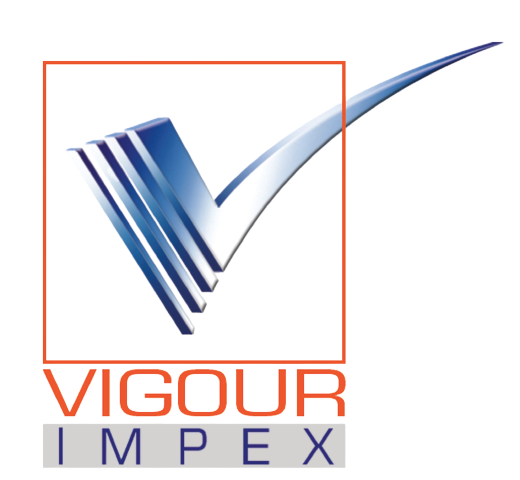Starting a fashion brand or launching your own clothing line sounds exciting until you dive into sourcing materials. If you’ve found yourself overwhelmed with fabric options, unreliable suppliers, confusing quality terms, or ever-changing prices, you’re not alone. Textile sourcing is one of the most critical yet complex steps in building a successful apparel brand.
In 2025, textile sourcing has evolved significantly. Sustainability, digital platforms, and global trade shifts have transformed how and where we get fabrics. For beginners, this can either be a golden opportunity or a painful bottleneck.
This guide breaks down everything you need to know about textile sourcing in 2025, from the basics to emerging trends, from choosing materials to finding trustworthy suppliers. Whether you’re a new fashion entrepreneur or a D2C startup, you’ll walk away more informed and confident about sourcing fabrics for your brand.
What Is Textile Sourcing?
Definition and Core Concept
Textile sourcing is the process of finding and purchasing fabrics or garments required for production. It involves selecting fabric types, contacting suppliers, ordering samples, negotiating terms, and finalizing bulk purchases.
The Difference Between Sourcing and Manufacturing
Sourcing focuses on procuring the right materials, while manufacturing is about turning those materials into finished products. Some companies handle both in-house, but many fashion brands outsource sourcing to specialists or sourcing agencies.
Key Types of Textiles in 2025
The fabric you choose defines your product’s quality, feel, and sustainability. In 2025, material innovation is booming.
Natural Fabrics
- Cotton (organic and conventional)
- Wool
- Silk
- Linen
Pros:
- Breathable and skin-friendly
- Biodegradable
Cons:
- May wrinkle or shrink
- Higher cost and care needs
Synthetic Fabrics
- Polyester
- Nylon
- Acrylic
Pros:
- Durable and less expensive
- Wrinkle-resistant
Cons:
- Not biodegradable
- May irritate sensitive skin

Sustainable and Innovative Textiles
- Recycled polyester
- Organic cotton
- Hemp
- Tencel (Lyocell)
These materials are gaining popularity due to consumer demand for sustainable fashion.
Steps in the Textile Sourcing Process
The process might seem overwhelming, but breaking it down into steps makes it manageable.
| Step | Action | Key Considerations |
| 1 | Define requirements | Fabric type, usage, texture, weight |
| 2 | Plan budget | Unit cost, shipping, taxes |
| 3 | Research suppliers | Reputation, communication, and location |
| 4 | Sample & test | Quality, shrinkage, durability |
| 5 | Negotiate & finalize | MOQ, pricing, lead time |
| 6 | Place the order | Contracts, payment, shipping |
1. Define Your Requirements
Before contacting any supplier, clearly outline:
- Fabric usage (shirts, pants, outerwear)
- Desired texture (smooth, stretch, stiff)
- GSM (grams per square meter)
- Color and finish requirements
2. Budget Planning
Consider both direct and hidden costs:
- Price per yard/meter
- Shipping and customs duties
- Sampling costs
3. Find Reliable Suppliers
You can find suppliers via:
- Online platforms like Fibre2Fashion, Alibaba, Maker’s Row
- Trade shows and expos
- Referrals from manufacturers
Always vet suppliers by:
- Requesting certifications
- Asking for previous client references
- Starting with small sample orders
4. Sampling and Fabric Testing
Before placing a large order:
- Request swatches or sample meters
- Conduct shrinkage, colorfastness, and strength tests
- Confirm the fabric meets your brand’s needs
5. Negotiation and Lead Times
- Understand the MOQ (minimum order quantity)
- Clarify production lead time
- Discuss delivery timelines and logistics
6. Finalize and Place the Order
- Sign a contract outlining fabric specs, pricing, penalties, and timelines
- Decide on payment structure (e.g., 30% upfront, 70% on delivery)
- Track shipments and follow up proactively
Where to Source Textiles in 2025
Top Global Sourcing Hubs
| Country | Strengths |
| Pakistan | Cotton, sustainable sourcing, and low costs |
| India | Variety, organic cotton, rich textile heritage |
| China | Volume, innovation, wide product range |
| Bangladesh | Apparel manufacturing + sourcing, cost-effective |
| Turkey | Fast fashion, proximity to Europe, and quality |
Digital Sourcing Platforms
- Fibre2Fashion
- Alibaba
- Tradekey
- IndiaMART
- SourceMyGarment
- Vigour Impex
Benefits:
- Easy supplier comparisons
- Sample ordering and reviews
- Messaging and document tracking
Textile Sourcing Trends to Watch in 2025
Focus on Sustainability
Brands and consumers increasingly demand transparency. Look for:
- GOTS (Global Organic Textile Standard)
- OEKO-TEX Standard 100
- BCI (Better Cotton Initiative)
Nearshoring and Supplier Diversification
Global disruptions have made brands diversify sourcing regions. Nearshoring (sourcing closer to home) helps with:
- Shorter lead times
- Lower shipping costs
- Greater control
Tech-Driven Sourcing
Modern platforms now use:
- AI to match brands with suppliers
- Blockchain for supply chain transparency
- Data analytics for price forecasting
Common Challenges in Textile Sourcing (And How to Avoid Them)
Quality Mismatches
- Solution: Always test samples before mass production
- Set clear fabric specs in writing
Miscommunication and Delays
- Solution: Use email/CRM tools for order tracking
- Regularly follow up and confirm milestones
Hidden Costs and MOQ Barriers
- Solution: Request complete pricing sheets
- Consider working with sourcing agents for smaller MOQs
How Vigour Impex Supports New Sourcing Clients
As a seasoned sourcing company with 30+ years of experience, Vigour Impex makes the journey easier for beginners.
Services include:
- End-to-end textile sourcing and logistics
- Supplier vetting and quality assurance
- Access to sustainable and innovative fabrics
- Personalized support from product planning to delivery
Why choose Vigour Impex?
- Transparent pricing
- Low MOQs for emerging brands
- In-house quality control and lab testing
Summary
Textile sourcing in 2025 doesn’t have to be a maze. With the right guidance, platforms, and partners, even beginners can secure high-quality, sustainable fabrics with confidence. Understanding the types of fabrics, sourcing steps, and market trends empowers you to make informed decisions that affect your brand’s success. If you’re just getting started, consider partnering with an experienced sourcing company like Vigour Impex to avoid common pitfalls and fast-track your progress. Ready to source smart? Start by defining your needs and connect with a trusted sourcing expert to bring your vision to life.







